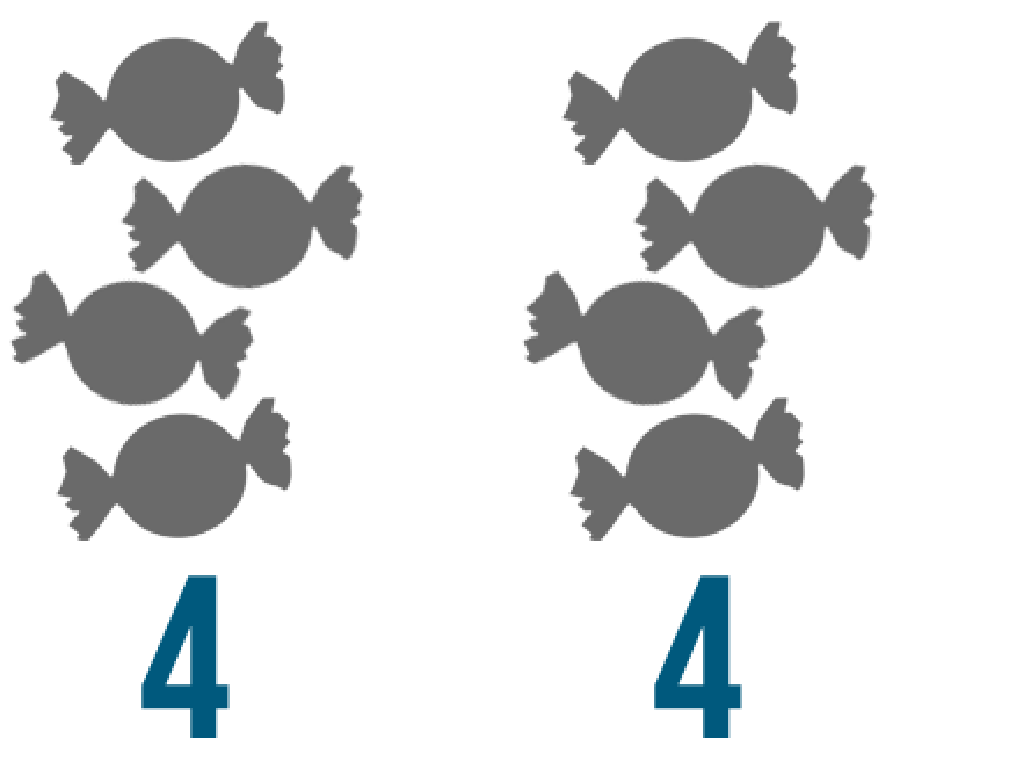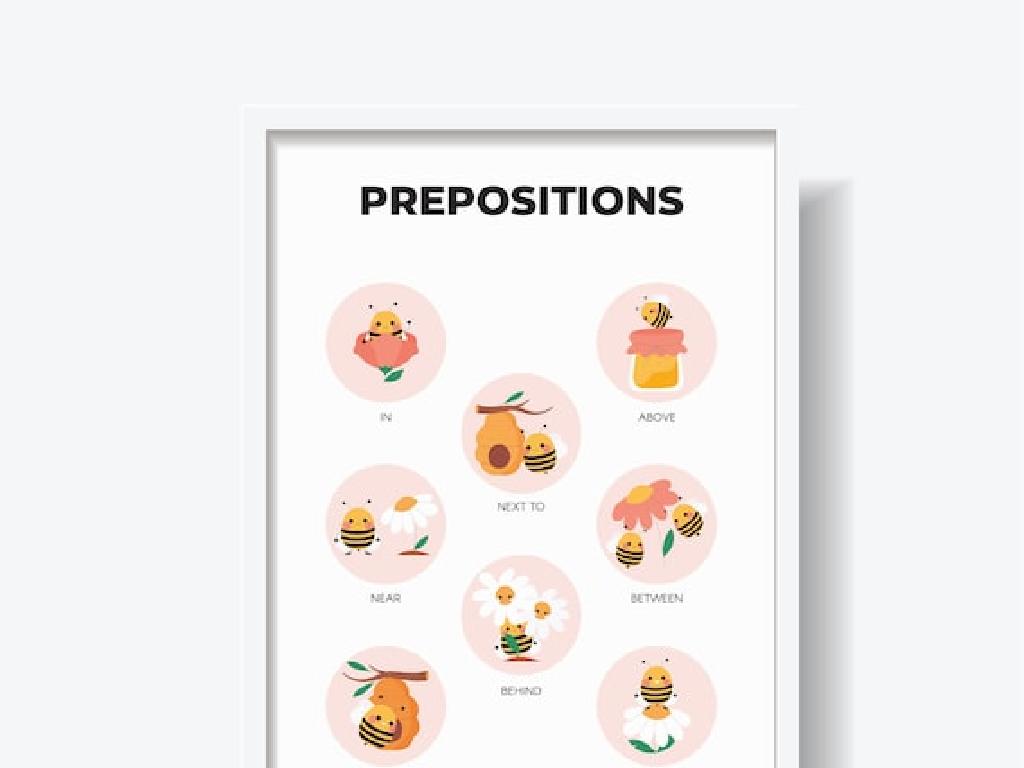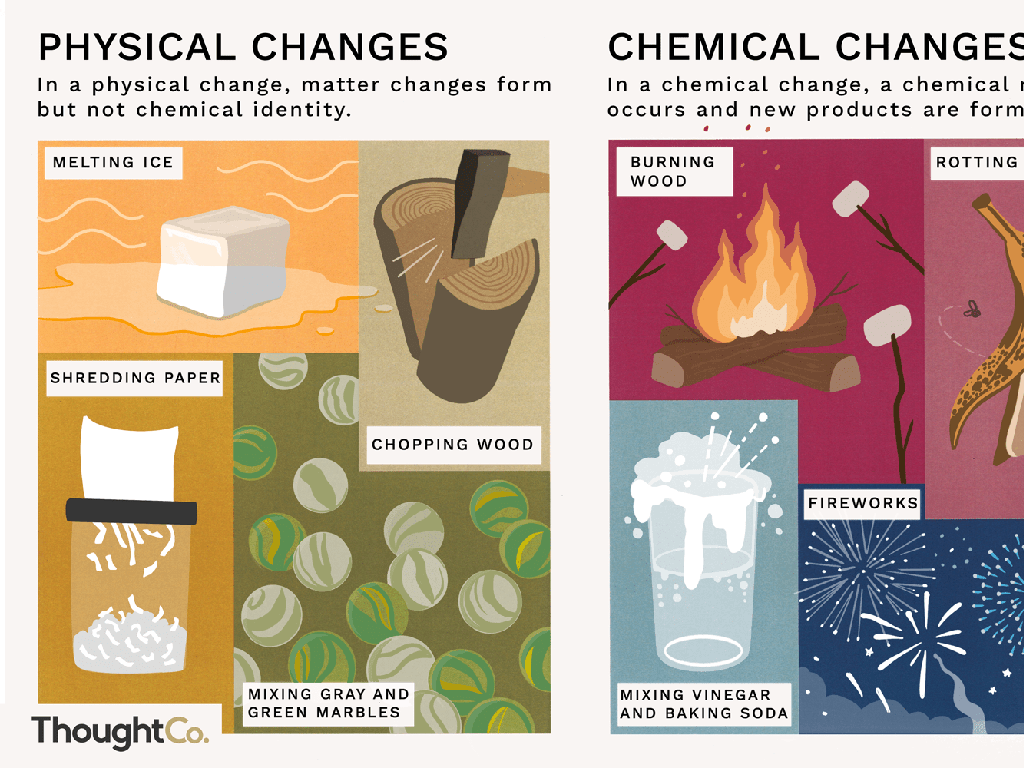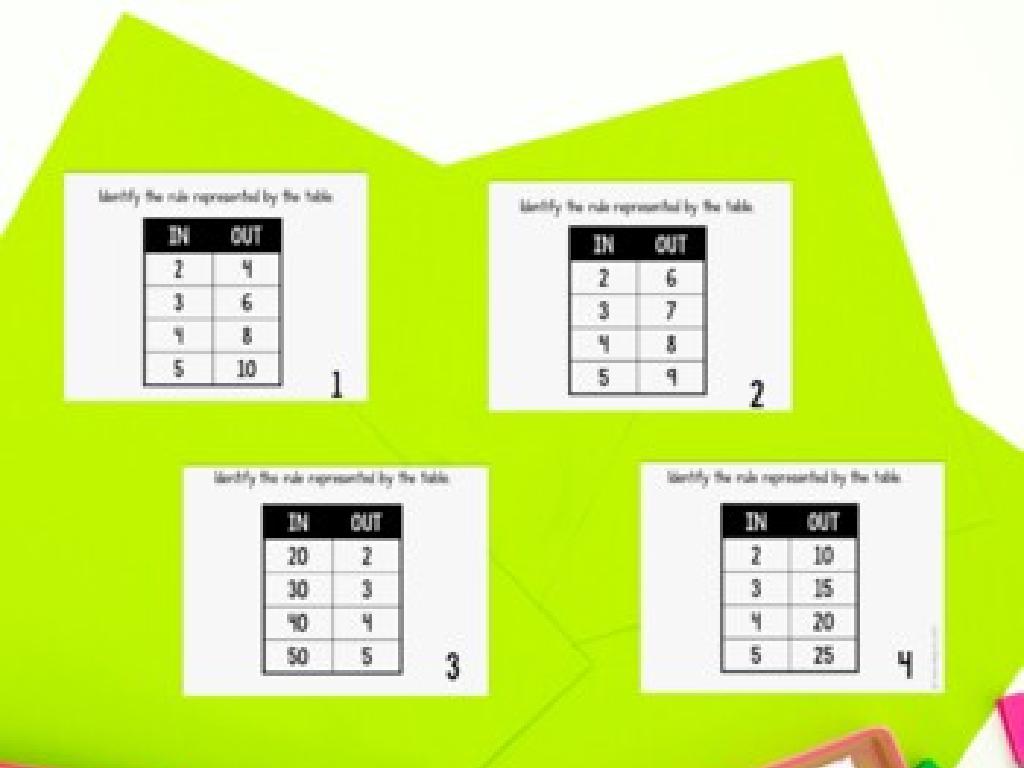Names And Values Of Common Coins
Subject: Math
Grade: Second grade
Topic: Money Up To $1
Summary: This engaging second grade math lesson introduces students to the names and values of common US coins, including the penny, nickel, dime, and quarter. Learners will explore how each coin adds up to a dollar, practice matching coins to their values, and participate in interactive activities like coin hunts and combination games. The lesson builds real-world money skills through hands-on practice and helps children confidently identify, count, and use coins up to $1.
Please LOG IN to download the presentation. Access is available to registered users only.
View More Content
Welcome to Money Math: Learning About Coins
– What is money?
– Types of coins we use
– Penny, Nickel, Dime, and Quarter
– Each coin’s value
– Penny: 1 cent, Nickel: 5 cents, Dime: 10 cents, Quarter: 25 cents
– Importance of knowing coin values
|
This slide introduces students to the concept of money, specifically focusing on the coins commonly used in the United States. Begin by discussing what money is and why it’s important. Introduce the penny, nickel, dime, and quarter, showing real coins or images for visual aid. Explain the value of each coin, emphasizing the cent as the basic unit of money. Reinforce the importance of recognizing and knowing the value of each coin for making purchases and understanding money math. Plan interactive activities where students can practice identifying and counting coins, such as matching games or role-playing store scenarios.
Understanding Money: Coins and Their Values
– Money is used for purchases
– Money includes bills and coins
– Coins have names and values
– Penny, Nickel, Dime, Quarter: know them all!
– Recognizing each coin is important
– Practice helps with quick identification
|
This slide introduces the concept of money to second graders, emphasizing its use in everyday transactions for goods and services. It distinguishes between the two physical forms of money – bills and coins – and highlights the importance of recognizing and understanding the value of each coin. The penny, nickel, dime, and quarter are the focus, with their names and values to be memorized. Encourage students to handle actual coins to become familiar with their physical characteristics. Activities can include matching coins to their names/values, ordering coins by value, and using coins in simple purchase scenarios.
Meet the Coins!
– Penny: 1 cent
– A penny is the smallest value coin.
– Nickel: 5 cents
– A nickel is worth the same as 5 pennies.
– Dime: 10 cents
– A dime is worth the same as 2 nickels.
– Quarter: 25 cents
– A quarter is worth the same as 2 dimes and a nickel.
|
This slide introduces the students to the four most common US coins and their values. Emphasize that the penny is the smallest in value but not necessarily in size. Show real coins or images if possible to help students identify each coin. Explain that understanding the value of each coin is important for basic money skills. You can use examples like buying a small candy with a penny or a toy from a vending machine with a quarter. Encourage students to bring in some coins for the next class to practice identifying and counting them.
Learning About The Penny
– The penny is worth 1 cent
– A penny can buy you a small candy.
– Abraham Lincoln is on the penny
– He was the 16th president of the USA.
– It’s the smallest value coin
– It takes 100 pennies to make a dollar.
|
This slide introduces the penny, the smallest unit of currency in the United States. Emphasize that the penny is worth 1 cent and it takes 100 of them to make a dollar. Show the students a penny and point out the image of Abraham Lincoln on one side, explaining that he was an important president of the United States. Discuss with the students what they might be able to buy with a penny and why it’s important to know the value of money, even the smallest coin. You can also introduce simple addition problems involving pennies to help students understand the concept of accumulation and value.
Learning About the Nickel
– The value of a nickel
– A nickel is worth 5 cents.
– Thomas Jefferson on the nickel
– The face on the nickel is President Thomas Jefferson.
– Nickel equals five pennies
– You can exchange a nickel for 5 pennies.
|
This slide introduces the nickel to second-grade students, helping them understand its value and significance. Start by showing them a nickel and explaining that it is worth 5 cents, which is the same as 5 pennies. Highlight that Thomas Jefferson, the third President of the United States, is featured on one side of the coin. This can be an opportunity to integrate a brief history lesson about Jefferson. Encourage the students to think about what they can buy with a nickel and to practice counting by fives using nickels. You can also bring real nickels or play coins for the students to handle and become familiar with.
Learning About the Dime
– The dime is worth 10 cents
– Franklin D. Roosevelt’s portrait
– Roosevelt was the 32nd President of the USA
– Smallest coin, higher value
– Despite its size, the dime is worth more than the larger penny (1 cent) and nickel (5 cents)
– Comparing dime to penny and nickel
– Understand that size doesn’t determine value
|
This slide introduces the dime to second-grade students, emphasizing its value, the historical figure on the coin, and its physical characteristics. Start by explaining that the dime is worth 10 cents, which is equivalent to 10 pennies or two nickels. Highlight that Franklin D. Roosevelt, the 32nd President of the United States, is featured on the dime. Discuss the concept that the dime, while being the smallest coin in size, holds more value than both the penny and the nickel. This can lead to a broader discussion on how size doesn’t always correlate with value. Encourage students to handle actual dimes to get a sense of their size and compare them with pennies and nickels to reinforce the lesson.
Learning About The Quarter
– The quarter equals 25 cents
– George Washington’s on the front
– Compare quarter to pennies and nickels
– That’s like having 25 pennies or 5 nickels!
– Exchange with dimes and a nickel
– Or swapping for 2 dimes and 1 nickel!
|
This slide introduces the quarter, a common coin in US currency, to second-grade students. Emphasize that the quarter is worth 25 cents and can be used in place of 25 pennies, 5 nickels, or a combination of 2 dimes and a nickel. Show real coins or images to help students visualize. Explain that George Washington, the first US president, is featured on the quarter. Engage the class by asking if anyone has a quarter and discuss what items they could buy with it. This will help them understand the value of the quarter in real-life situations.
Counting Coins to Make a Dollar
– Different coins make a dollar
– 100 pennies equal $1
– Think of it as 100 tiny copper coins
– 20 nickels equal $1
– Nickels are thicker and worth 5 pennies each
– 10 dimes equal $1
– Dimes are small and shiny, worth 10 pennies
– 4 quarters equal $1
– Quarters are big and worth 25 pennies
|
This slide is aimed at helping second-grade students understand the concept of combining different coins to make a dollar. Start by explaining that there are many ways to create a dollar using coins. Use physical coins if possible to show the differences in size and color, which can help students remember their values. For example, 100 pennies are small and copper, while 4 quarters are larger and silver. After explaining each coin’s value, engage the students with hands-on examples, asking them to make a dollar using different combinations of coins. This will help solidify their understanding of coin values and arithmetic. Encourage students to think about how many of each coin they would need to buy something that costs a dollar.
Let’s Practice with Coins!
– Match coins to their values
– Make combinations for 50 cents
– Use pennies, nickels, dimes, and quarters
– Work in pairs for more combinations
– Collaborate and think creatively
– Share your findings with the class
|
This slide introduces a hands-on activity where students will reinforce their understanding of the value of coins by matching them to their correct value. They will also use critical thinking to create different combinations of coins that add up to 50 cents. Encourage students to work in pairs to foster teamwork and to come up with as many combinations as possible. This will help them understand the concept of equivalent values. Possible combinations include 5 dimes, 2 quarters, 10 nickels, 50 pennies, 1 quarter and 25 pennies, etc. After the activity, have each pair share their combinations with the class to ensure understanding and to celebrate their problem-solving skills.
Class Activity: Coin Hunt!
– Let’s go on a coin hunt
– Find and add coin values
– Look for pennies, nickels, dimes, and quarters
– Aim for exactly one dollar
– How many of each coin makes a dollar?
– Use math skills to combine coins
– Practice addition with real coins
|
This interactive activity is designed to help students apply their knowledge of coin values in a fun and engaging way. Set up various stations around the classroom with different coins. Students will move from station to station, collecting coins and keeping track of their total value. The challenge is to use their math skills to find the right combination of coins that adds up to exactly one dollar. This activity not only reinforces their understanding of coin values but also enhances their addition skills. Possible variations of the activity could include working in pairs, timing the hunt for added excitement, or having different ‘mystery value’ bags where students have to determine the total value of coins inside without seeing them.
Coins Mastery Recap
– Congratulations on learning coins!
– Every coin has a unique value
– A penny is worth 1 cent, a nickel is worth 5 cents, and so on.
– Practice counting coins with family
– Try using real coins or draw them on paper.
– Keep learning and have fun!
|
This slide is meant to congratulate the students on their hard work in learning about the different coins and their values. It’s important to remind them that each coin is distinct in its value, which is a fundamental concept in understanding money. Encourage the students to practice with real coins at home, which will help reinforce their learning and improve their counting skills. Suggest that they involve their family members in this activity to make it more engaging. This will also provide an opportunity for the students to teach what they’ve learned, further solidifying their understanding. Keep the atmosphere positive and encourage them to continue learning with enthusiasm.





